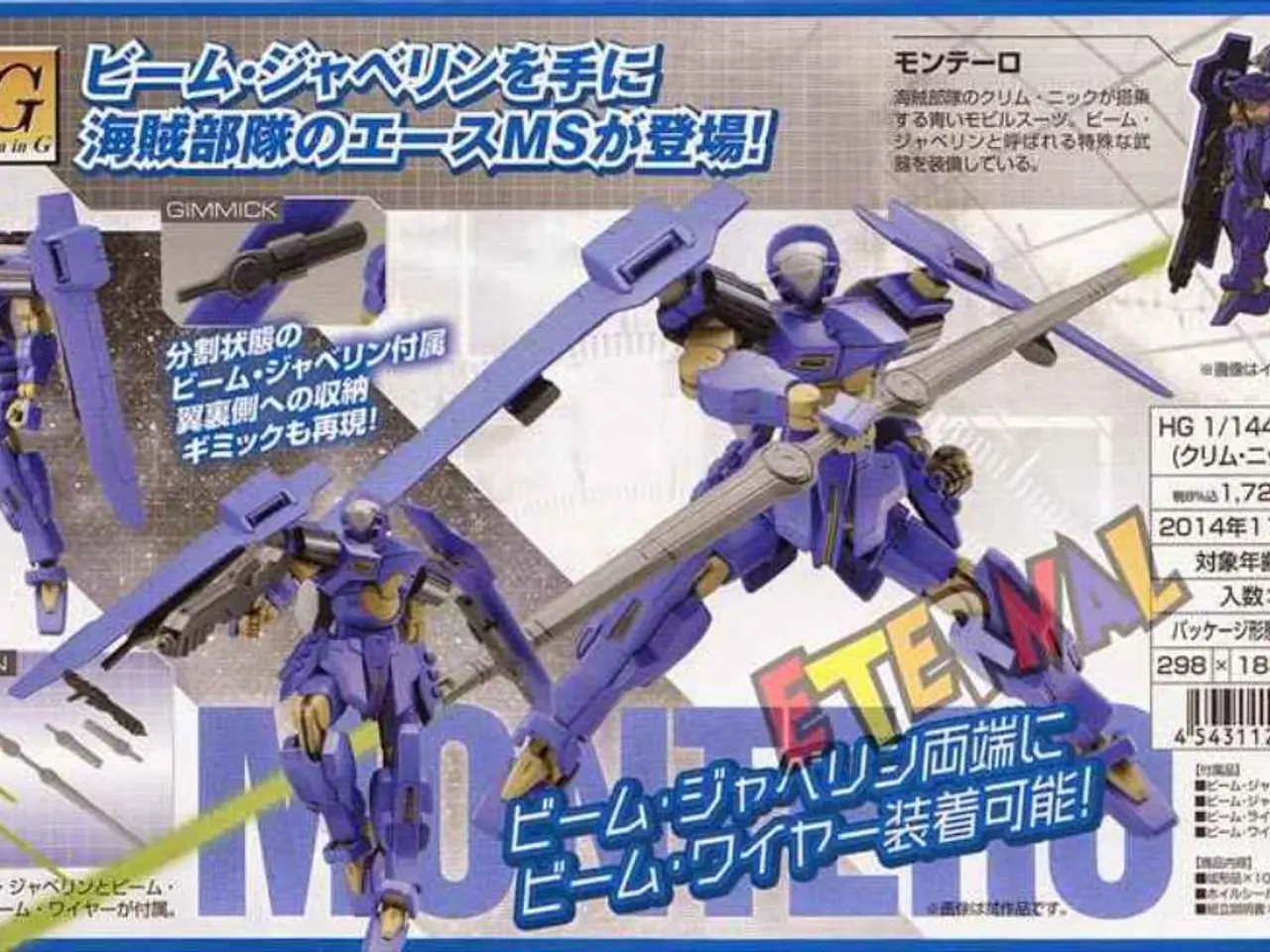"The Journey of Toyota's Honsha Plant: Blending Japanese Innovation and Craftsmanship in Auto Manufacturing"
In the heart of Aichi Prefecture, now part of Toyota City, two significant plants have played a pivotal role in the growth of the Toyota Motor Corporation. The Koromo Plant and the Honsha Plant, each with its unique history and significance, have contributed to the automotive industry's development in Japan.
The Koromo Plant, established in 1937, was built on a vast, barren plain known as Ronchigahara. The initiative for its construction came from Mayor Juichi Nakamura of Koromo, with Toyota Motor Co., Ltd. taking the lead. At the time, automobiles were considered luxury goods in Japan, and none of the Japanese companies were geared towards mass production. However, Kiichiro Toyoda, the founder of Toyota Motor Corporation, was inspired by his tour of America in 1921, where he witnessed the utility of automobiles. This inspiration fueled his ambitions for Japan's automobile industry.
The Koromo Plant began operating on November 3, 1938. Its establishment was not just about creating jobs but also about bringing happiness to both employees and townspeople. The plant was intended to revive the fortunes of the town of Koromo, which had fallen on hard times during the Great Depression.
Meanwhile, the Honsha Plant, Toyota's oldest, was completed on the same day, marking the founding of Toyota Motor Corporation. Located at the Toyota Motor Corporation head office in Toyota City, the Honsha Plant produces a wide range of components, including engine and transmission parts, Mirai fuel cell stacks, Prius hybrid units, and Land Cruiser frames. The neighborhood around the current Honsha Plant includes company housing and the Toyota Memorial Hospital.
The Honsha Plant's origins can be traced back to a makeshift prototype plant within the current site of Aichi Steel's Kariya Plant. Kiichiro Toyoda, determined to make cars "with Japanese ideas and skills," spent time dismantling and studying vehicles imported from the United States in 1933. He established an automotive division within Toyoda Automatic Loom Works, setting the stage for the Honsha Plant's creation.
Toyota Motor Corporation currently operates 11 plants in Japan, not including those of its subsidiaries. According to available public information, Toyota and its directly related companies have 32 factories in Japan. This figure reflects core Toyota facilities and closely associated companies. It is essential to note that some sources may not always specify whether every statistic includes all fully owned subsidiaries, but the 32-factory figure is widely cited for Toyota’s operations in Japan.
A ceremony is held every year to honour the lifetime achievements of Kiichiro Toyoda and Juichi Nakamura, recognising their significant contributions to the automotive industry and the local community. The Koromo Plant and the Honsha Plant remain testament to their vision and the enduring legacy of Toyota Motor Corporation in Japan.
The Koromo Plant, initially a symbol of hope during the Great Depression, expanded its scope beyond job creation, venturing into the finance sector by arranging loans for employees in need.
With the Honsha Plant playing a crucial role in Toyota's technology advancements, its production of components such as Mirai fuel cell stacks and Prius hybrid units indicates its integration into the broader transportation and automotive industries.




